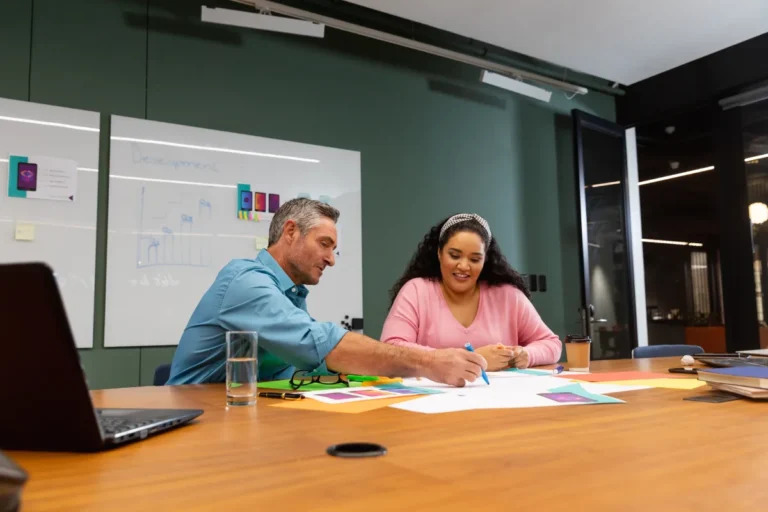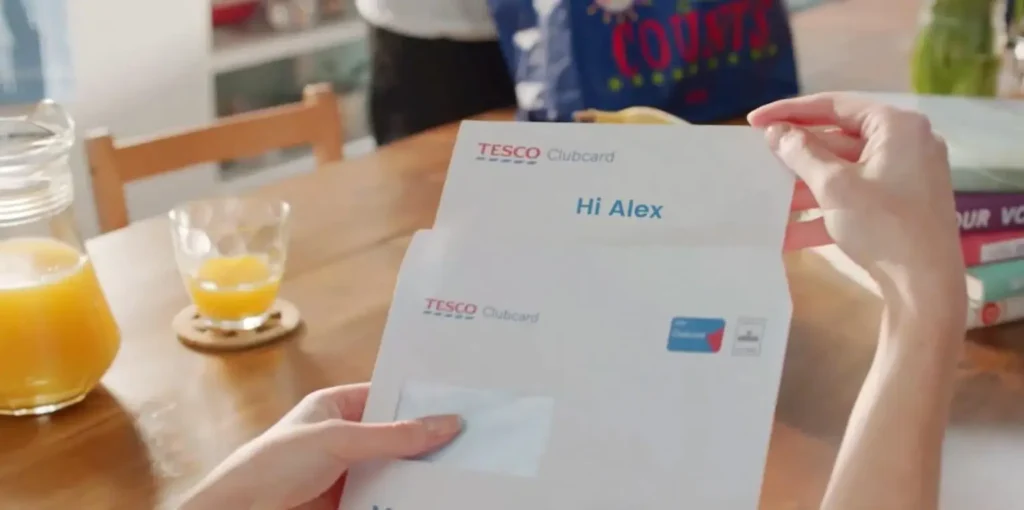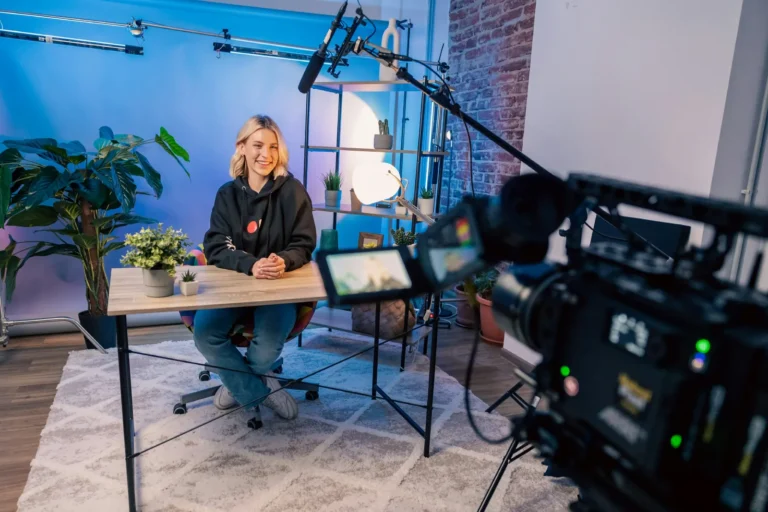Perhaps the biggest shift we’ve seen in marketing over the past decade or so is towards consumer empowerment. Due in large part to the sheer volume of companies out there vying for the attention of consumers, as well as advances in media technology and the role it plays in marketing, consumers now have a lot more power and control over which brands they choose to interact with – and how. From choosing to skip Youtube ads to selecting which among the hundreds of marketing emails they receive to open, the ball is truly in their court and brands must adjust their marketing accordingly.
There are myriad tips out there for successful conversion strategies but in reality effective B2C conversion boils down to one key factor: relationships.
Building relationships should be the number one focus of your attention and at the forefront of every single marketing effort. The modern customer has learnt to tune out the hard-hitting sales pitch and has come to expect to be gently wooed over time. A useful comparison is interaction in a bricks and mortar shop: when you enter a store, the last thing you want is some random perky, overly enthusiastic assistant rushing over to you, shadowing your every move and begging, pleading, imploring you to make a purchase. In contrast, imagine walking into a store and being greeted by someone you’ve known for years who works there and who talks to you about things that matter to you without pushing you to buy. You’d probably buy something even if you didn’t really need to, right? Well e-marketing is exactly the same. No one wants to be inundated with hard-sell messaging on the first contact; what they value is a shared history and a strong relationship.
Building relationships is absolutely fundamental to ensuring conversion and, consequently, brand loyalty. While it can be tempting to make that quick sale, being the proverbial tortoise is going to have a greater impact on your bottom line.
One of the most powerful and effective ways of nurturing that client relationship is through story-telling that taps into a strong emotional connection. Emotion plays a crucial role in nearly every decision we make. In fact, fMRI neuro-imagery shows that when evaluating brands, consumers primarily use emotions such as personal feelings and experiences rather than more empirical factors such as brand attributes, features, and facts.
So how exactly can you tell a story?
Video is hands-down the most powerful tool brands can use to tell a story while also having the highest potential for traction: by 2019, video will comprise 82 percent of all internet traffic.
Not only does video help shape a brand narrative, but it majorly impacts on the likelihood they will make a purchase. Customers who view a video are 64% more likely to make a purchase than those who didn’t, while landing pages with video convert 80% better than those without video.
A major factor in this high conversion rate is the sense of trust your customers gain from viewing a video. The quality of your video subconsciously invokes a positive correlation of the quality of your brand. Quality infers competency and consistency, which in turn builds trust – one of the biggest factors in keeping your customers loyal. It’s no surprise then that customers who viewed a video are 52% more confident in online transactions.
To use a seasonally relevant example of the power of video-based story-telling, in the UK, major brands strive to out-do one another in emotional story-driven TV adverts. It’s an event that millions of people across the country eagerly anticipate the day shops put away their Halloween decorations. These advertisements invoke a media frenzy with myriad thinkpieces by all facets of the British media analyzing the effectiveness and quality of different brands’ Christmas ads. Each year it becomes a major topic of conversation at the water cooler and online chatter, with people sharing and dissecting their favorite ad of the season. Often the adverts have very little to do with pushing products, instead they encapsulate the narrative of the brand and the emotional connection it wants to convey.
Now of course, many of us will not have the resources or need to produce multi-million dollar videos for television, but there are still some important lessons we can pull from these initiatives and insert into our marketing efforts:
- Focus on the storytelling, not just the product: Craft messaging that helps the consumer understand what values your company stands for. Friendship, efficiency, family, trust, passion; these are all fairly abstract notions that still pay a powerful role in positive association and in building a brand beyond just your product.
- Harness the power of visuals: Video is one of the most powerful marketing tools available, especially in an age where people are spending more time watching videos online than ever and identify video as their favorite tool to receive information. Personalized Video is exceptionally effective in delivering a brand story; creating feelings of trust and being understood while also piqueing interest and encouraging the consumer to like, share and tweet their personalized story, thus exponentially increasing the reach of your campaigns. Personalized Video also regularly sees 23% of viewers clicking the call to action at the end of the video.
- Be honest, relevant and accessible: Since customers are savvy and overly familiar with standard marketing language, they now value honesty and relevance more than anything. Creating stories, videos and messages that reflect their personal reality and speak their language in a personable and frank way is super effective.
The most important element of B2C conversion is by far building relationships. This needs to be done carefully, purposefully and subtly over time, and focus on the emotional connection. Story-telling works on a sub-conscious level to create positive associations with your brand and increase loyalty. Focusing on positive and authentic messaging through story-telling will have far more effectiveness and longevity than product-specific marketing. Through mediums such as video, you can deeply enhance the emotional connection customers have to your brand and also set you apart from your competitors.
If you found this useful and you’d like to learn how to take advantage of the latest trends in a fast-paced and ever-evolving marketing landscape, such as Chatbots and Drip Campaigns, we invite you to download a copy of our “How to stay ahead of the game in the marketing industry” guide for CMOs.






